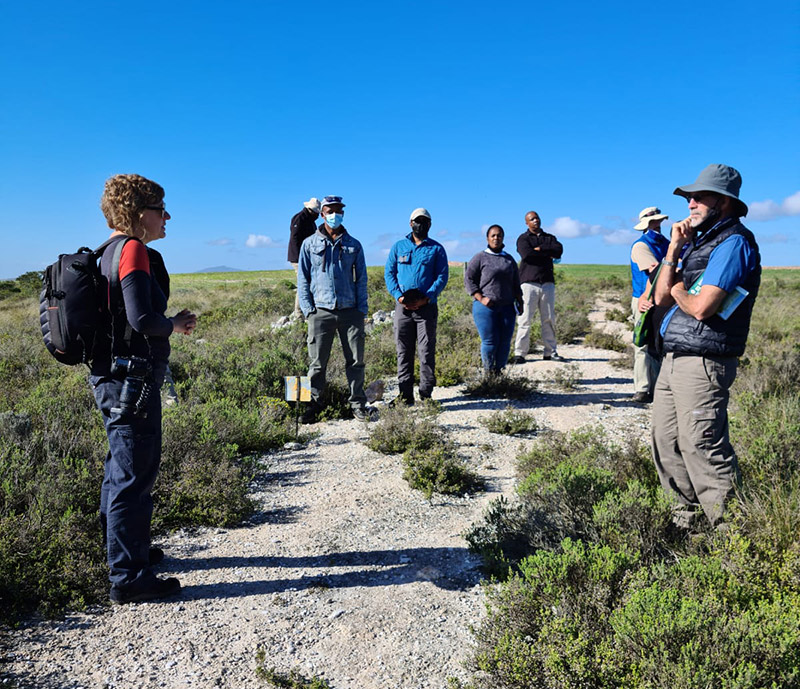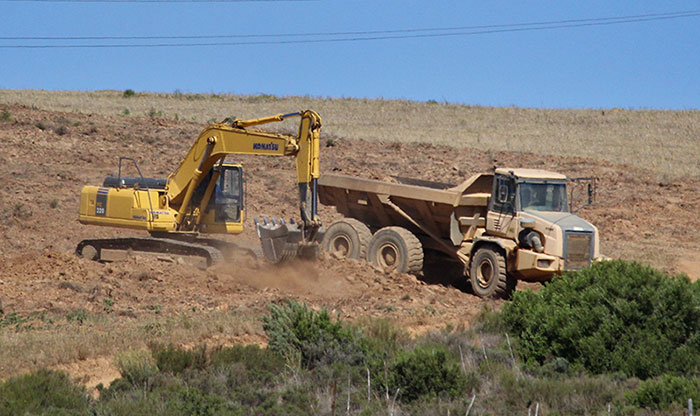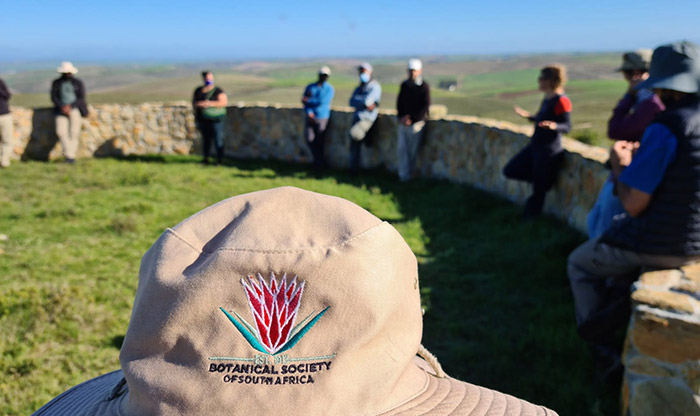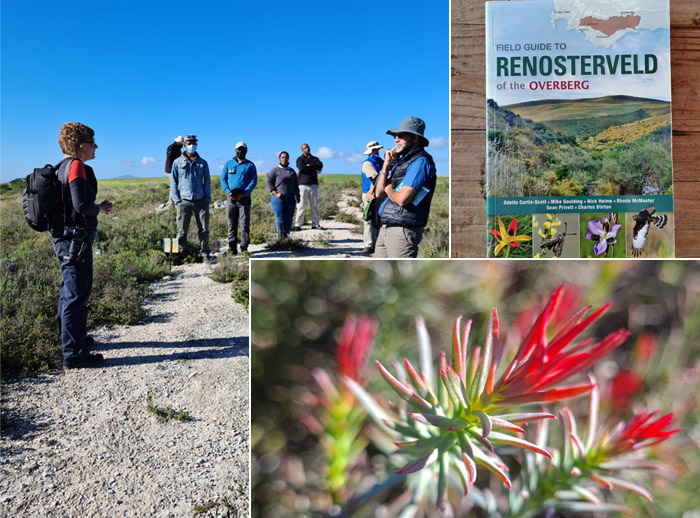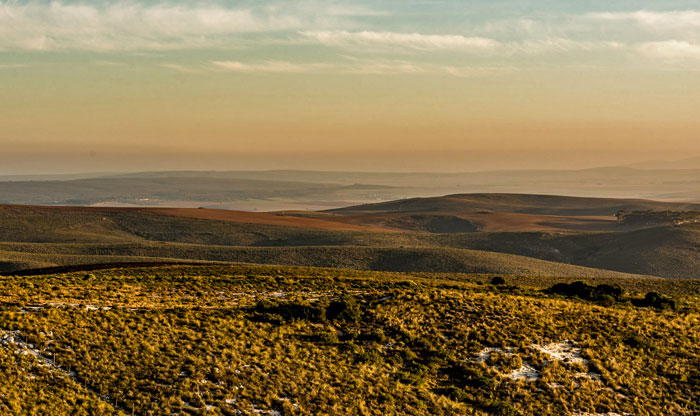The Renosterveld of South Africa’s Overberg is one of the world’s most biodiverse mediterranean type shrublands, but is also one of the most threatened ecosystems on earth. Occurring in lowland areas with relatively fertile soils, the majority of this vegetation has been transformed for agriculture.
Renosterveld is an ecosystem of international conservation importance and conserving the little which remains is vital. With too much Renosterveld already lost to meet national and international conservation targets, every fragment that still remains is critical to the survival of this ecosystem.
Raising awareness about the importance of Overberg Renosterveld and building capacity within the conservation community is essential for the survival of this critically endangered vegetation.
These goals have brought together the Overberg Renosterveld Conservation Trust (ORCT), the Botanical Society of South Africa, LandCare and CapeNature to hold a training event for extension officers in the eastern Overberg.
The event was held on a beautiful clear winter’s day, hosted by the ORCT at Haarwegskloof Renosterveld Reserve. There is no better outdoor Renosterveld classroom than this. Owned by the World Wide Fund for Nature and managed by the ORCT, this is part of the largest surviving patch of Renosterveld in the world.
The main aim of the event was to build capacity among extension officers from both LandCare (a programme within the Department of Agriculture, Land Reform and Rural Development) and CapeNature.
These conservation practitioners have a diverse range of roles, reaching out to and engaging with farmers and landowners of areas of Renosterveld to support them in achieving important conservation goals or making decisions about future land-use practices
Above: Illegal plowing
Extension officers are also an important physical presence and eyes and ears out in our Renosterveld landscapes, making sure that biodiversity laws are adhered to. They can look out for and ensure appropriate enforcement action is taken when transgressions such as illegal ploughing or plant poaching have taken place.
One of the key teaching tools for the extension officer training event is the ‘Field Guide to the Renosterveld of the Overberg’, written by the ORCT’s founder and Director Dr. Odette Curtis-Scott and colleagues and published by Struik Nature.
This highly comprehensive and lavishly illustrated field guide encompasses nearly a thousand different plant species from Overberg Renosterveld, as well as an extensive selection of mammals, birds, reptiles, amphibians, and invertebrates from this critically endangered ecosystem.
The guide was funded by the Mapula Trust and is endorsed by the Botanical Society of South Africa, with whom the ORCT has continued to work closely, as part of this initiative to build conservation capacity in our Renosterveld landscapes.
Attendees of the training event were introduced to Renosterveld ecology and what makes this extraordinary vegetation so biodiverse.
Teaching also encompassed the ecosystem functioning of Renosterveld and what threats have brought Renosterveld to survive on the edge, as well as observing the differences between virgin land and ‘old lands’ (those which were ploughed in the past, but may resemble virgin land structurally).
Image by Rupert Koopman
One of the most significant of these threats is illegal ploughing, which continues at a significant rate across Renosterveld landscapes.
With so little Renosterveld remaining, improving conservation capacity through the presence of knowledgeable extension staff in the landscape is key to ensure that laws against illegal ploughing are well enforced. This ensures that transgressors of these environmental laws are appropriately brought to book.
Image by Rupert Koopman
One of the other benefits of the day was the opportunity for extension officers who work in the Overberg region to offer feedback on what information is most useful to them to inform their land management work. This kind of information sharing benefits all conservation partners in enabling them to meet conservation goals.
We look forward to continuing to work together to further build on and strengthen our collective conservation work in Overberg Renosterveld, to ensure this highly imperilled ecosystem survives in perpetuity.
We would like to acknowledge the support of our partners and funders who have made this capacity building work possible. Please consider making a donation to support the ORCT in continuing their vital conservation work.
Copies of the ‘Field Guide to the Renosterveld of the Overberg’ are available for purchase on our website.

